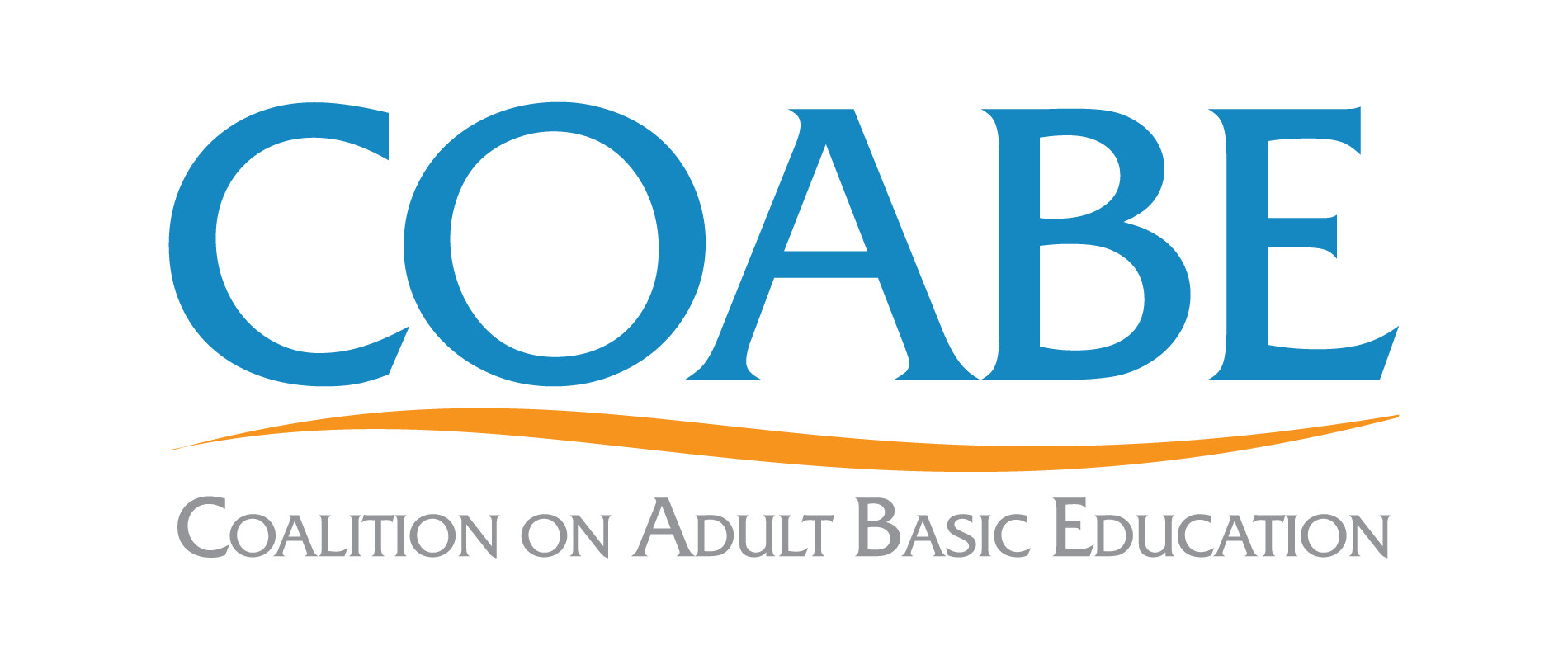PIAAC International Data Explorer (IDE) Training Video
This video provides comprehensive, step-by step instructions on how to use the U.S. PIAAC International Data Explorer (IDE). It contains detailed information about PIAAC-IDE content and capabilities as well as how PIAAC data are organized in the tool.
PIAAC IDE Training Video Resources:
Full text transcript of the video
IDE training video outline
IDE training video resources
U.S. PIAAC IDE Training Video Outline
Introduction
Video Time
Section
Training Video Outline
Subject
Overview of PIAAC IDE training video
Introduction to PIAAC
What is PIAAC and what does it assess?
Introduction to the International Data Explorer (IDE)
What is the PIAAC IDE and what can you do with it?
Content and Organization of the IDE
What kinds of data are available in the IDE and where?
Scenarios: Group A
Video Time
Research Question
Goals and Tasks
1) What are the average literacy skills of adults 16-65 in the U.S. and internationally?
Set up basic criteria. Select Appropriate Variables. Report results as average scores.
2) How does the distribution of proficiency levels of numeracy skills among U.S. young adults ages 16-34 compare to the distribution among their peers internationally?
Introduce different types of results:
• Percentages
• Perform significance testing
(between jurisdictions)
3) How do percentiles on the literacy scale vary among incarcerated adults between those who do and those who do not have a prison job?
Introduce different types of statistics:
• Percentiles
• Create a figure: percentiles chart
4) How does the distribution of numeracy skills among U.S. adults ages 16-65 who did not participate in non-formal education compare to the distribution among Canadian and German adults who did not?
Answer a research question using
multiple variables. Conduct significance testing between jurisdictions using a map.
Practice Scenario A: What are the average problem solving in technology-rich environments scores of U.S. young adults ages 16-34 by race/ethnicity (RACETHN_4CAT)?
Practice what you’ve learned in Group A.
Scenarios: Group B
Research Question
Video Time
Goals and Tasks
5a) How has the educational attainment of native and non-native born adults in the U.S. changed over time?
Perform trend analysis.
Conduct significance testing across years.
5b) How has percentage of native and non-native born adults at higher levels of educational attainment changed over time?
Edit reports.
Change report table layouts.
6) What is the distribution of health status among U.S. young adults 16-34 within each numeracy proficiency level?
Create profiles by proficiency levels.
Create a column chart to display your results.
Practice Scenario B: By 10-year age band (AGEG10LFS), how do the literacy proficiency level distributions of employed (C_D05) U.S. adults ages 16-65 compare to employed adults internationally?
Practice what you’ve learned in Group B.
Scenarios: Group C
Video Time
Research Question
Goals and Tasks
7) What is the average numeracy score at each literacy proficiency level for U.S. adults 16-74 in households and in prisons?
Explore relationships between
cognitive domains.
Modify proficiency level variable by
collapsing categories.
8) Do older adults (55-74) who are employed use ICT skills more in their everyday lives than those who are unemployed or out of the labor force? Is the standard deviation in the skill use index different between the groups?
Find the averages and standard deviations for non-cognitive variables.
Modify variables by collapsing categories.
Search for variables in alternative ways.
Practice Scenario C: What is the average monthly earnings (EARNMTHALLPPPUS_C) for U.S. adults ages 16-74 by gender (GENDER_R) for those at lower (level 2 and below) and higher (level 3 and above) numeracy proficiency levels?
Practice what you’ve learned in Group C
Scenarios: Group D
Research Question
Video Time
Goals and Tasks
9) Is the gap in numeracy skills between young adults (16-24) and older adults (55-65) different in the U.S. than internationally?
Perform gap analysis.
10) Do U.S. adults (16-74) who have seen a dentist in the past year have higher numeracy skills than those who have not, even when controlling for age and employment status?
Perform regression analysis.
Practice Scenario D: Do U.S. adults 16-74 who have participated in non-formal education in the past year (NFE12) have higher literacy skills, even when controlling for educational attainment (EDLEVEL3) and employment status (C_D05)?
Practice what you’ve learned in Group D.
IDE Training Video Resources
• NCES PIAAC Website
https://nces.ed.gov/surveys/piaac/
• PIAAC Distance Learning Dataset Training (DLDT)
https://nces.ed.gov/training/datauser/
• PIAAC Gateway
http://piaacgateway.com/
• OECD PIAAC Website
http://www.oecd.org/skills/piaac/
• U.S. PIAAC IDE and OECD PIAAC IDE
– Access U.S. PIAAC IDE at https://nces.ed.gov/surveys/piaac/ideuspiaac/
– Access OECD PIAAC IDE at http://piaacdataexplorer.oecd.org/ide/idepiaac/
*Differences in data availability and analytical functions
• For more information on additional analysis tools including:
– IEA IDB Analyzer https://www.iea.nl/data-tools/tools
– PIAAC Distance Learning Dataset Training (DLDT) https://nces.ed.gov/training/datauser/









